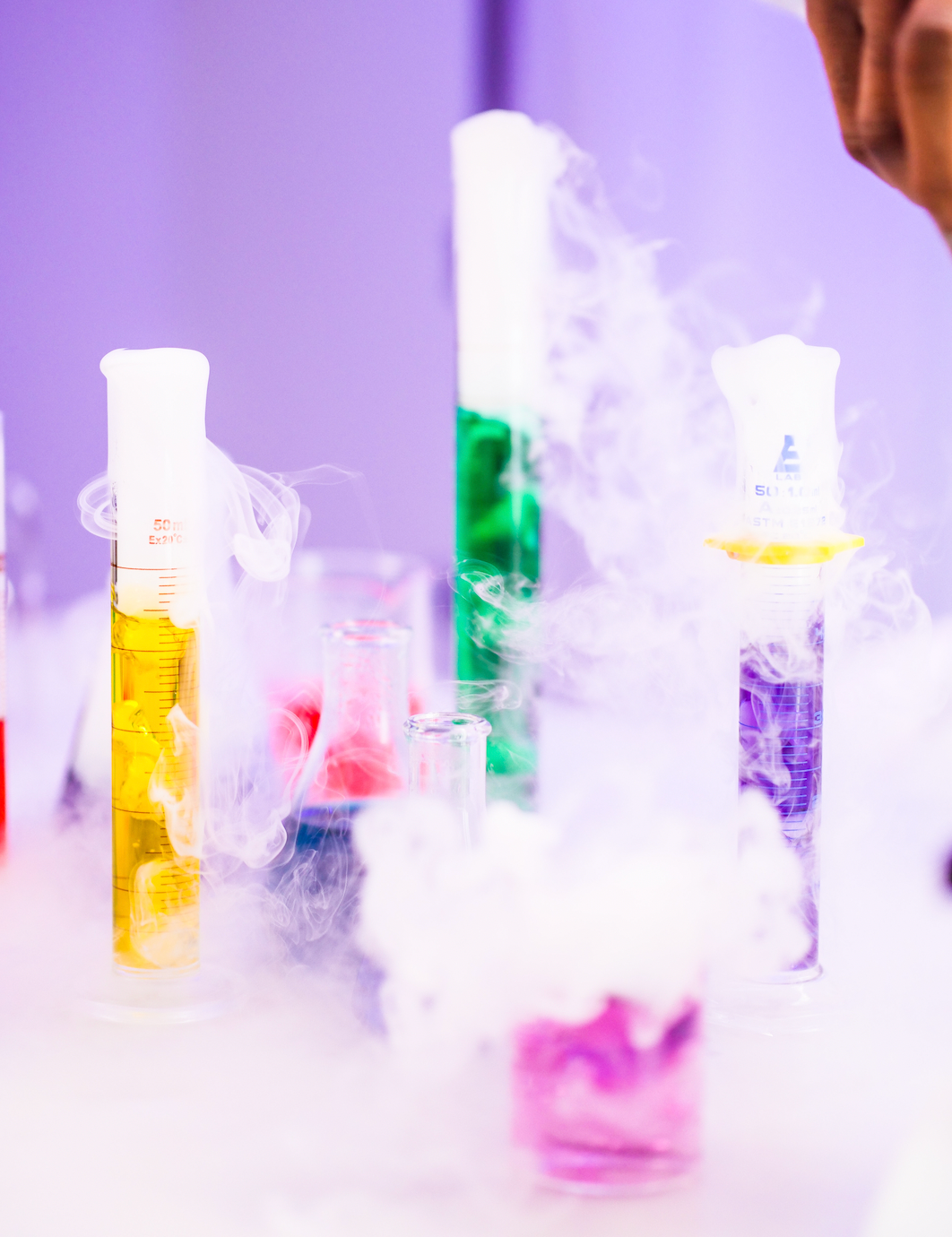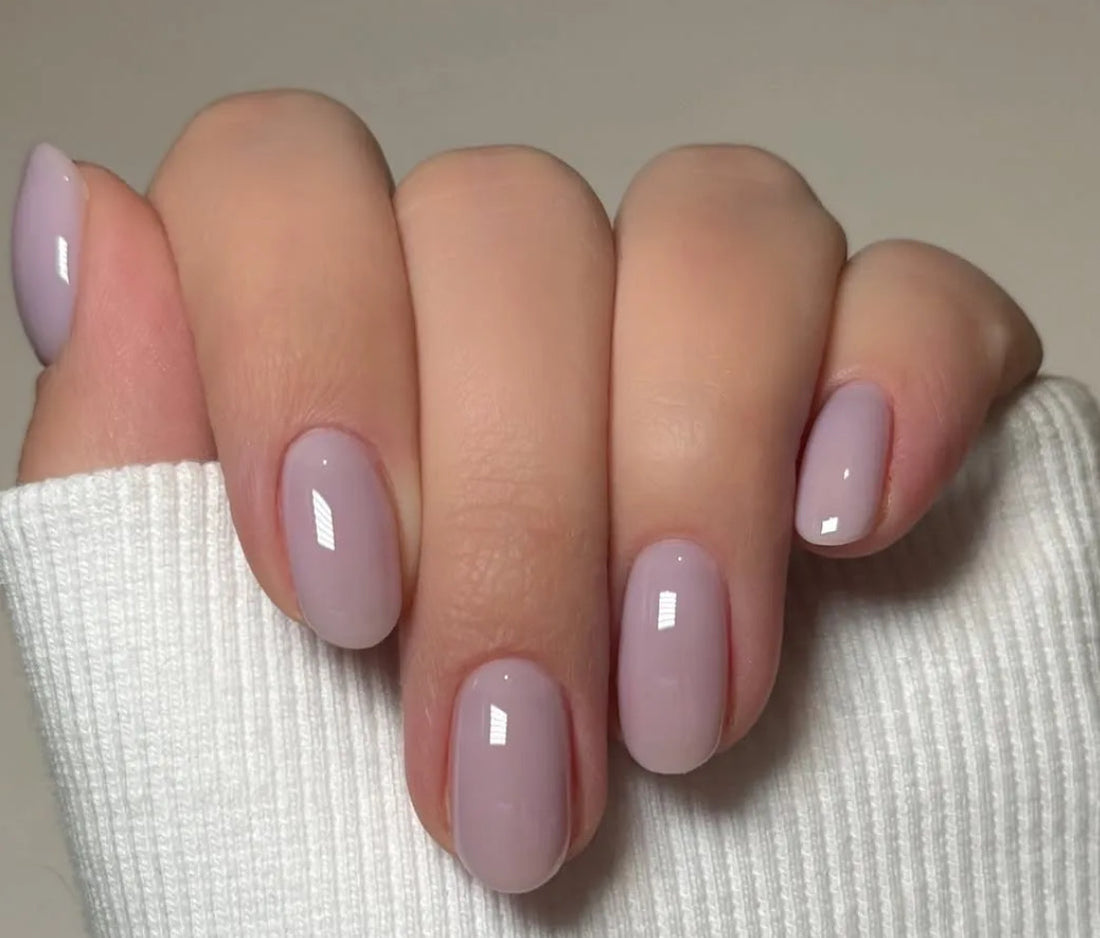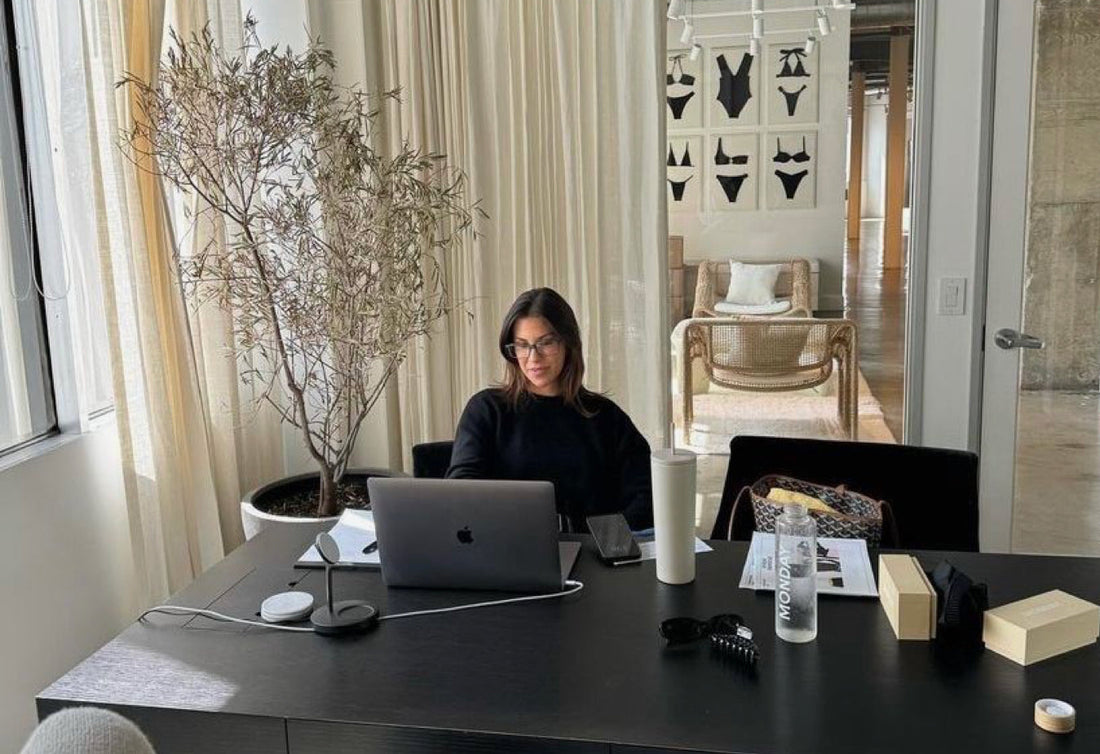Why Clean Beauty?
We live in a world with limitless options for products. It is easy to get caught up focusing on the latest trends. We live in a consumption-driven world where we are ready to “place order” at a moment's notice. While this convenience is amazing for beauty fanatics with hectic schedules, the ingredients on the box are often ignored. Many of the products being advertised by our favorite influencers contain parabens, fragrance, phthalates, mineral oils, and formaldehyde- all of which are known endocrine disruptors. This can affect fertility and cause cancer. Leading naturopathic doctor Trevor Cates said: 'What we put on our skin should be as clean as what we eat. But for most people, it’s not. Even in tiny amounts, many of the chemicals commonly found in our cosmetics can have a tremendous health and hormonal impact, and we are only beginning to understand the consequences.”
What's on The Market
According to the study published in the Journal Environmental Science & Technology Letters, beauty products with the highest levels of toxic substances were found in foundations (63%), waterproof mascara (82%) and long-lasting lipstick (62%). One of the most popular lip plumpers on the market contains BHT, a lab made chemical that acts as a preservative. Shockingly this same ingredient is also used in the treatment of AIDS and Herpes Virus. Strong toxins like this have no place in everyday skincare and makeup routines wreaking havoc on the system. Unfortunately, for people living in the United States to have completely clean products seems impossible. According to a study done by the Environmental Working Group, globally there are 1,300 banned cosmetics ingredients while the U.S. has only banned 11 of these ingredients.

Clean Brands
Although the US market is saturated with brands using toxic ingredients and sneaky language on their ingredient labels there are some brands that are committed to making their products clean. Global beauty retailer, Sephora have even come up with their own clean certification “Clean at Sephora”. Some big brands that have products awarded with this certification are Haus labs, Milk, Ilia, and Kosas. In addition to mainstream beauty brands taking a clean initiative there are many up-and-coming Indie brands that have adopted this pledge. Some of which include Manifest Beauty, Reverie, Together Beauty, and Rahua.
Clean Resources
›Making the switch to clean products can feel overwhelming. For beauty consumers a lot of time and money goes into keeping up on the latest beauty trends. It is easy to be persuaded into buying a product that makes you look good but isn’t good for you. Luckily there are resources at your fingertips to check exactly what is in your products and if they are safe to use. The Yuka app is great for on-the-go shopping as you can scan a product and instantly obtain a full ingredient breakdown that is rated on a scale of no risk to hazardous and a score out of 100. The Good Face Project is an online resource that gives consumers a full breakdown of a product's formulation and the possible irritants, allergens, hormone disruptors and carcinogens. Environmental Working Group Verified is considered one of the highest certifications that a beauty product could receive. They acknowledge that the US standard for “clean” products can be lax so the products they feature are held to a global clean standard. This means that if an ingredient is banned in another country due to toxicity it is not eligible for EWG certification.

Here's to a healthy relationship with your face…
Source Material
https://www.cnn.com/2021/06/15/health/makeup-toxic-chemicals-wellness/index.html https://www.thegoodfaceproject.com/ https://www.ewg.org/ewgverified/ https://www.dailymail.co.uk/health/article-4376142/The-20-harmful-chemicals-beauty-products.html https://www.sephora.com/beauty/clean-makeup-products https://pubs.acs.org/journal/estlcu https://www.safecosmetics.org/ https://www.ewg.org/skindeep/





